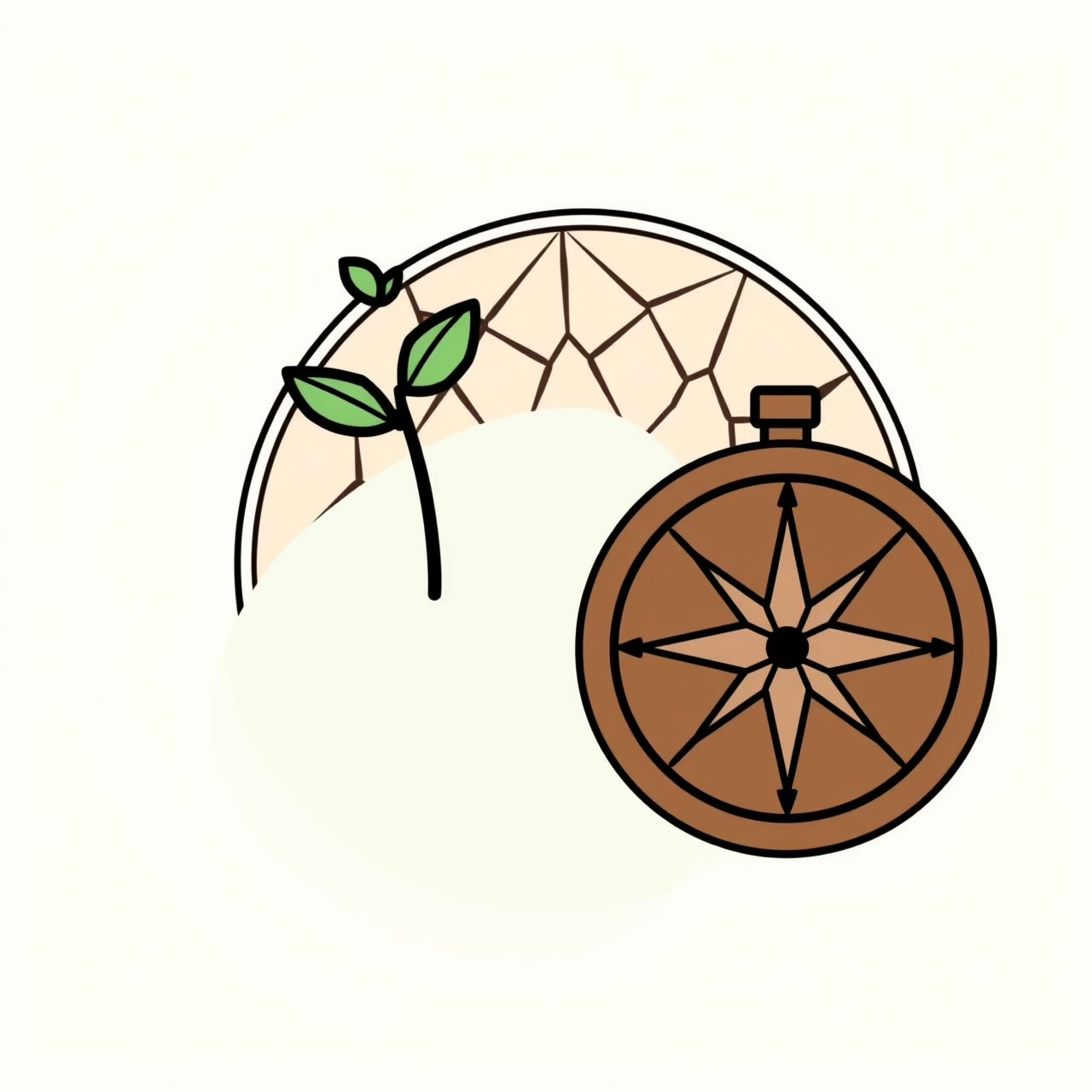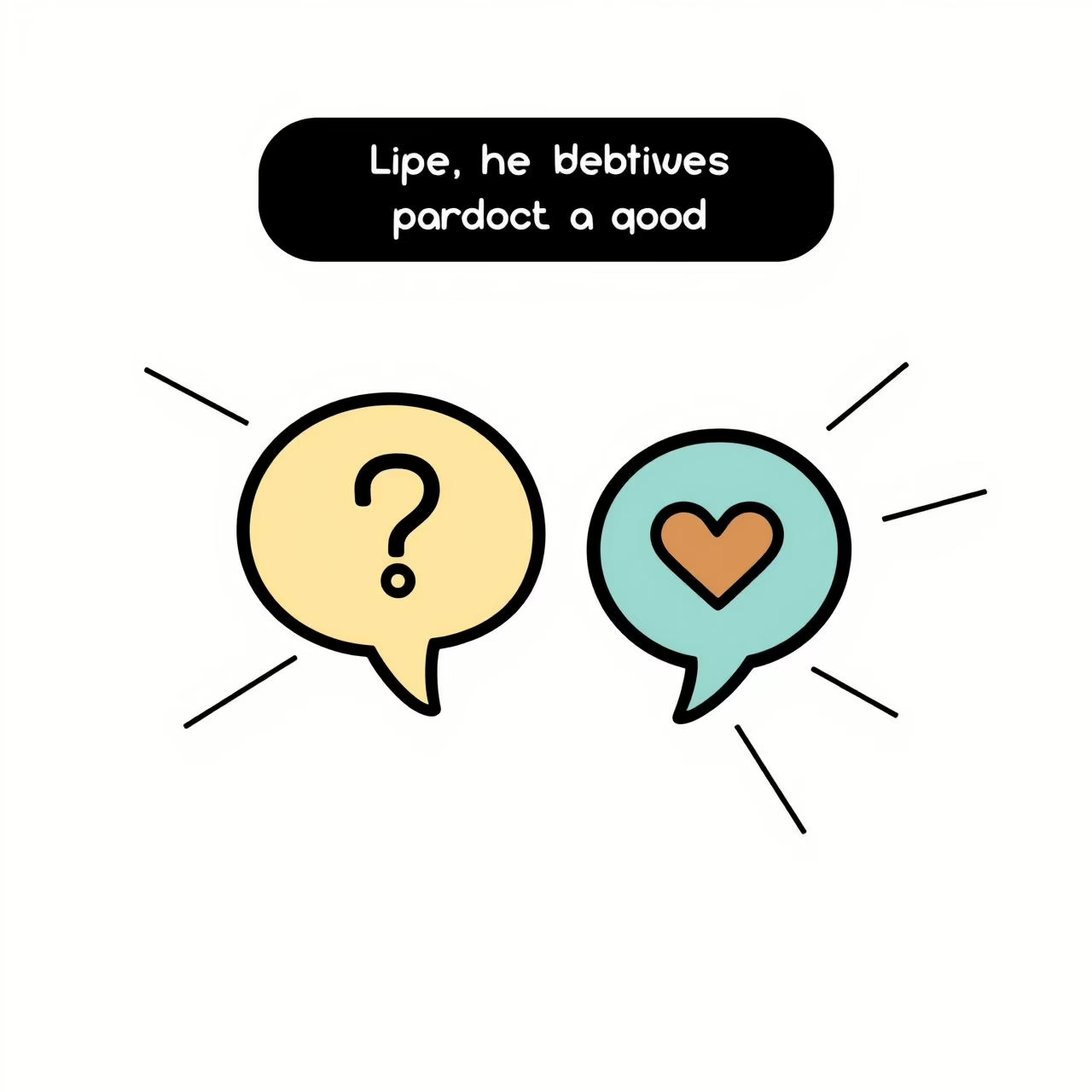
This week’s headlines hit like that moment when you realize you’ve packed sunscreen but forgot the beach towels—well-meaning but fundamentally misaligned with what kids actually need as they navigate the digital wilds.
The Contradiction We’re Forcing On Teens

Governments scrambling to ban social media for children while racing toward AI adoption reveals a jarring disconnect. Think about it: politicians treat TikTok like a wildfire needing containment, yet they’re enthusiastically ushering in AI companions that three-quarters of teens already use regularly! Research shows 72% of 13–17-year-olds have experimented with chatbots posing as friends or partners, and a third actively seek social connection through them. But instead of guiding kids through this landscape, we’re defaulting to locks and bans. It’s like removing all kitchen knives because a child might cut themselves, while handing them a laser cutter without supervision. Where’s the balance? If we truly care about their safety, shouldn’t we equip them to handle both?
Why ‘Banning’ Undermines Parental Wisdom

Here’s what baffles me: we’re acting like parents can’t handle basic digital tools, as if adjusting router settings requires a PhD in rocket science. News flash—today’s parents are millennial digital natives who customized MySpace profiles before their kids were born! The New Scientist article nails it: trusting us to parent means believing we can have real conversations about tech, not treating us as clueless bystanders. Take age verification tools, for instance. Instead of blanket bans making headlines, why not empower families with simple, accessible strategies? Imagine sitting together to explore settings on a new app—turning restriction into discovery, like planning a family hike where everyone maps the trail.
Digital Resilience: The Real Safety Net

True protection isn’t in barricades—it’s in helping kids grow their own compass for the digital world. Researchers at Fielding Graduate University describe ‘digital resilience’ beautifully: it’s the confidence to navigate online risks through knowledge, hard-won self-assurance, and emotional tools. Social media bans miss the mark completely because they ignore how teens actually live—Pew Research confirms 90% use mobile devices to connect with friends, 84% to learn trends, and 83% to explore new ideas. Kids naturally crave independence as they grow! Restricting harshly kills that spark. Remember when our own parents let us ride bikes without GPS trackers? It felt terrifying, but it built confidence. Same principle applies here: letting kids test boundaries (within reason) teaches them to bounce back harder.
Starting Conversations Without Judgment

So how do we shift gears? Begin with genuine curiosity, not interrogation. A Common Sense Media study found parents who ask open-ended questions like, ‘Have you tried any apps where you talk to AI friends?’ before expressing concerns create space for honesty. Listen first—discover what draws teens to these tools. Is it comfort during loneliness? A creative sandbox? Once you understand, you can gently explore: ‘What if we tried building something together in real life that feels like that?’ Maybe swap screen time for sidewalk chalk storytelling after school. The key? Prioritize connection over control. When kids feel heard, they’re more likely to share struggles—like when a friend’s child confessed he’d asked an AI companion for homework help, sparking a family debate about ‘ideas vs. answers.’ Now that’s learning.
Nurturing Their Inner Strength, Not Just Rules
Let’s face it: banning social media while embracing AI sends a confusing message—that some tech is ‘good’ and others ‘bad’—when what teens really need is critical thinking armor. Ultimately, it’s about helping them navigate complexities, one conversation at a time. Digital resilience blooms when we practice decision-making together: ‘Should we share this photo?’ ‘Does this chatbot feel helpful or hollow?’ Frame it like choosing snacks—sometimes fruit, sometimes cookies, but always knowing why. On days like today, when gray skies invite quiet reflection, it hits me: our role isn’t to filter their world but to help them filter for themselves. Picture a child learning to swim—holding their hand until they trust their own strokes. That trust? It’s in these small moments they learn to weather digital storms on their own. So let’s trade panic for partnership. Because the best protection isn’t a ban—it’s a kid who knows they can navigate any current.
Source: We have let down teens if we ban social media but embrace AI, New Scientist, 2025/09/03 18:00:00
